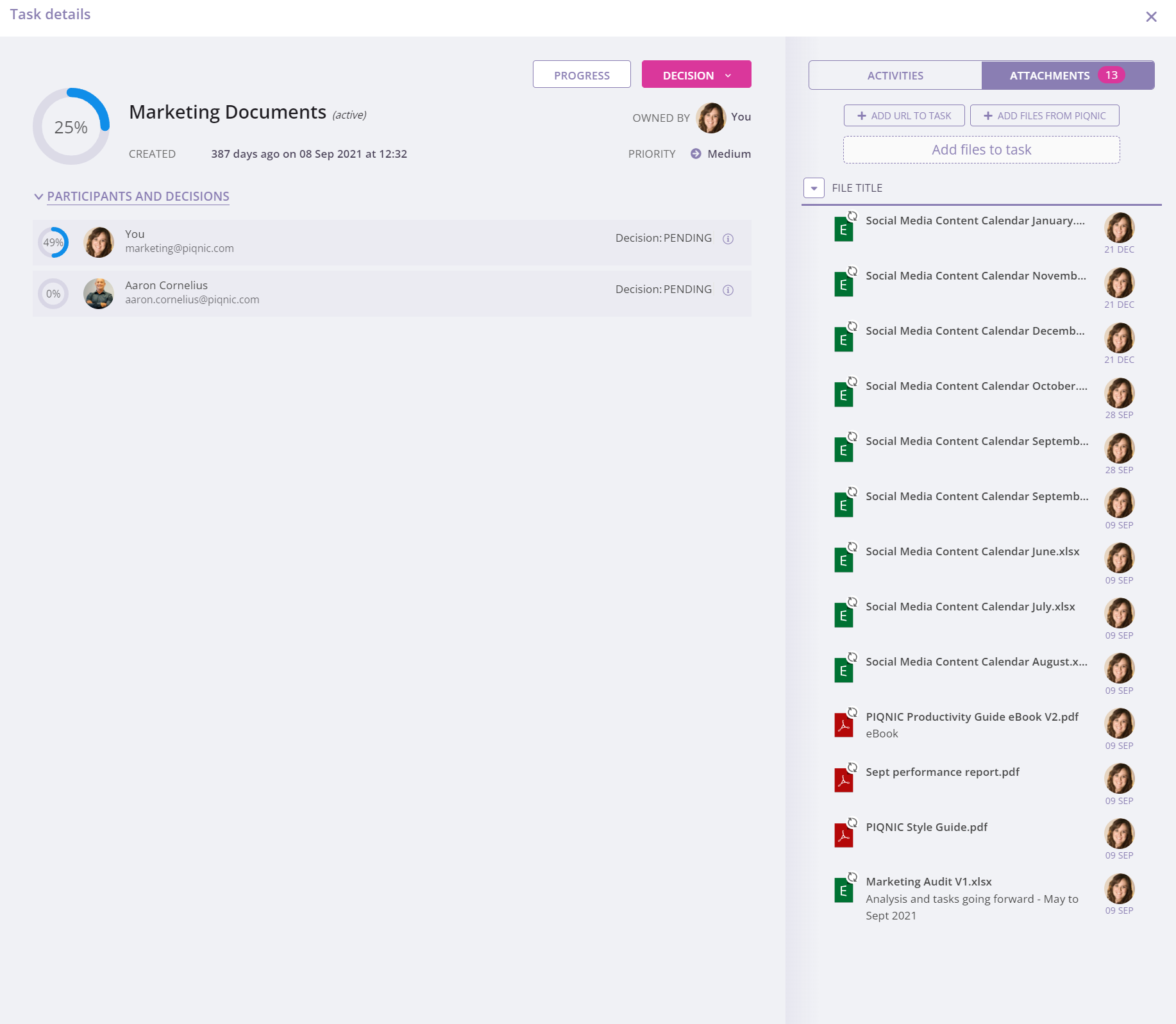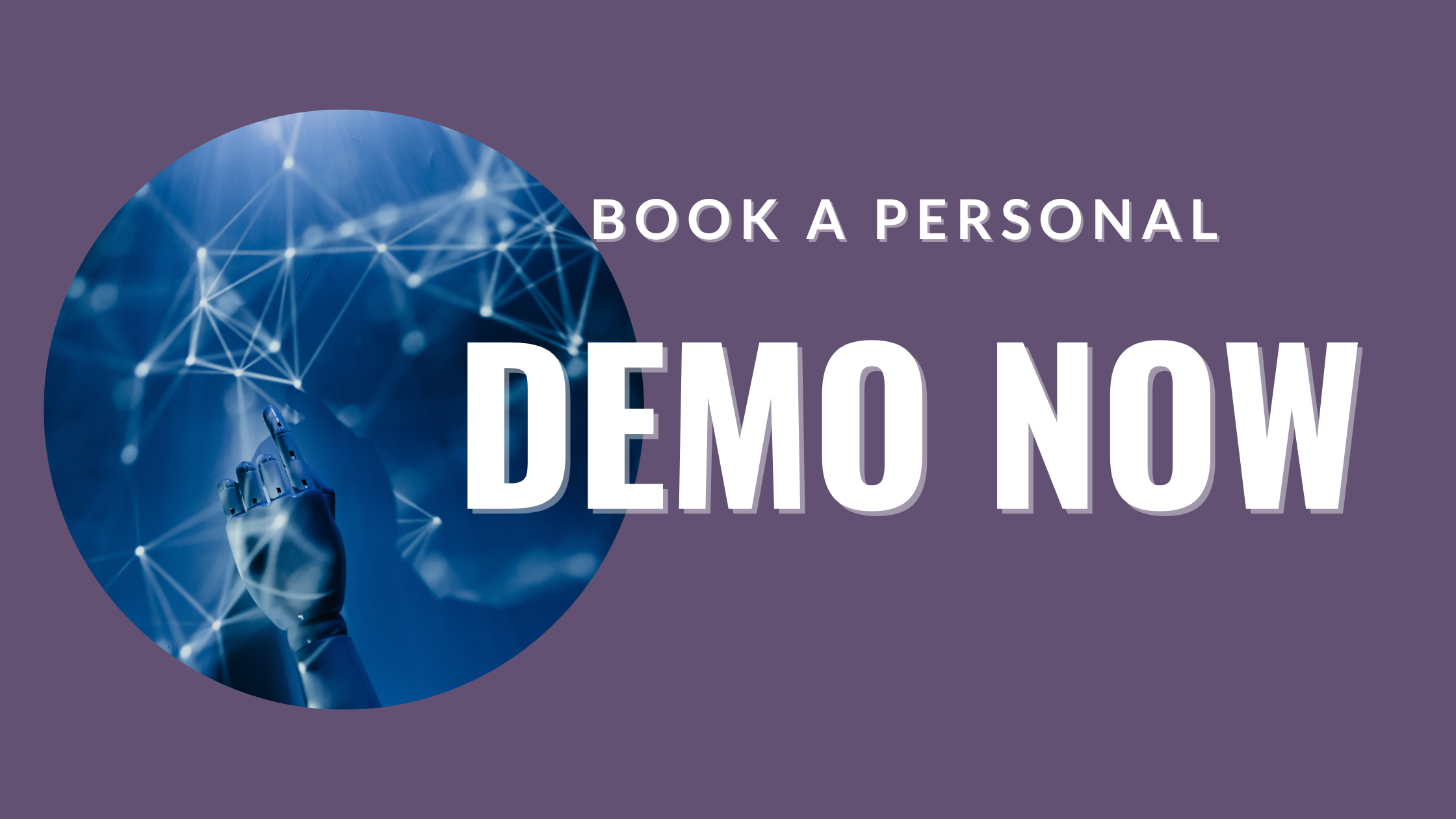The other day, a client and I were looking for a document for 20 minutes. We'd been working on a project together for a while. Let me tell you their story.

Let's call her Kat. She is a digitally savvy business owner, with multiple people working for her in various locations. Kat manages multiple projects, with contractors and contributors across the world. When you think of organised, this is Kat! There are folders in a shared drive for every client, each with multiple documents per client. Each client has a planning file and a project on a project management SaaS platform. She uses apps for task and project management, collaboration tools and online document storage for everything. Kat's office is entirely run online.
But....there we were looking for one document for 20 minutes. There's digital chaos in her business despite her best efforts. How does this happen?
Kat is doing all she can to be organised and keep her business on track. Yet she works with multiple apps and softwares that are hampering productivity. As a business owner, you are in the position to give your staff and contractors all the tools you deem necessary to make sure they are able to perform their jobs well and use resources to the best of your ability. However, the intention does not always materialise.
How to manage documents better
Kat is on the right track. She knows her business operates entirely online, so no filing cabinets or stacks of paper anywhere. Looking at all the software and apps on the market, she picked the ones that are the most likely to achieve her goals. Could she have done it better? You decide:
- Kat's team have documents on their personal computers that they are meant to put in the correct folder on the shared drive. Some do this, others forget.
- When Kat's team puts the documents in the correct folder, the names of the documents are inconsistent (what we call "naming conventions"). So there will always be a bit of time spent on opening each version until you can find the one you are after.
- Kat has task management in two different project management softwares at the moment - each has a particular purpose and reason for use. She jumps from one to the other throughout her day to manage the work.
- Right now, Kat is using two chat apps and meeting softwares for communications with her team and her clients.
- Kat spends a massive portion of her day on meeting apps, talking to her team to make sure everyone is on the same page and to track progress.
- Email remains a large part of how Kat and the team communicate internally and externally.
- Automation, which is available on the software she uses, is slowly being implemented but Kat is struggling with setting it up by herself. It has taken her two months to load the projects and work out how the software works. The software company's support team are in another country so it takes ages to get support.
Here's what we know: Kat is working hard to get organised but it is a slow and laborious process for her. She is doing her utmost and definitely headed in the right direction. But she needs help! Having identified some of Kat's challenges, there are definite ways that PIQNIC can make things easier for her.
Moving document management to PIQNIC would create a core for her business that would smooth things out. She would have the PIQNIC team to help her set up and streamline the project management. This will eliminate software that she is paying for which are essentially duplications. Document management will happen in the same space as task management and project management. The latest document version is always easy to spot, and even easier to search for in PIQNIC with keyword search.
Meetings and emails can be eliminated, freeing up time for productive work. Project progress can be tracked and is available to view in a clear, concise dashboard. Decision-making and communication happen right in PIQNIC. Dependencies can be set up, and follow-up tasks can be triggered by the automation in PIQNIC. There are even options for automated emails to trigger sending reports and documents - no human interaction needed!

So, what is Kat to do? It sounds like she needs to book a demo with PIQNIC.
Comments:


What's your experience of working in this area? Let us know in the comments below: